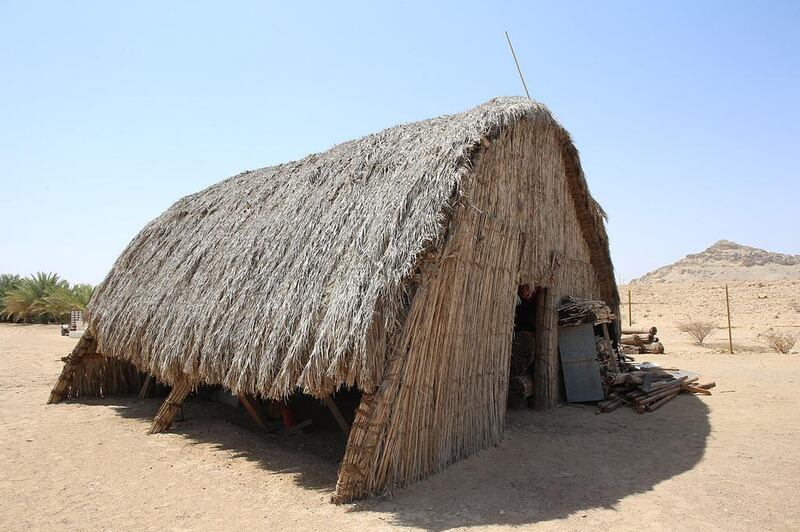A former UAE resident is promoting the use of date-palm leaves as a sustainable building material.
Sandra Piesik hosted a workshop in France where she taught techniques on using the novel material to architects, engineers and designers from 12 countries.
Run in collaboration with Vitra Design Museum and Centre Pompidou in Paris, the week-long workshop in September showed how to build a structure four metres tall and 15m wide using only date-palm leaves and ropes.
“We are looking at how this material can serve people,” Piesik said.
She said that while date palms were found in 46 countries, their leaves were an often overlooked resource.
In developing nations, especially in rural areas, dried date palm leaves can be used to build schools, shelters and storage facilities, she said. In urban centres they can be used for simpler structures, such as kiosks and car-park shades.
She said such projects were “viable” but would need government investment.
The workshop was sponsored by the Abu Dhabi Tourism and Culture Authority, with whom Piesik has collaborated in the past.
She built a model palm-leaf structure in Al Ain with the help of artisans skilled in traditional techniques.
Her interest in Emirati architecture and the use of dried palm leaves stems from when she moved to Dubai in 2005. She has since moved to London.
Piesik’s book Arish: Palm-Leaf Architecture, which was published in 2010 and sold in 35 countries, looks at the traditional uses of arish, Arabic for palm leaves, and the modern concepts pioneered by the architect.
“The international publication of the book helped spread awareness in this indigenous form of Gulf architecture,” said Piesik’s commissioning editor, Lucas Dietrich.
Mr Dietrich said a second project by the author was “much more ambitious in scope” and would investigate how traditional architecture has been influenced by climatic conditions in places such as Japan, the Arctic Circle, South America and Australia.
“I hope it will be a definitive document on vernacular architecture around the world,” he said.
The book, Vernacular Buildings: A New World Survey, is scheduled for publication in 2015 or 2016.
Both books are published by Britain’s Thames & Hudson.
vtodorova@thenational.ae





